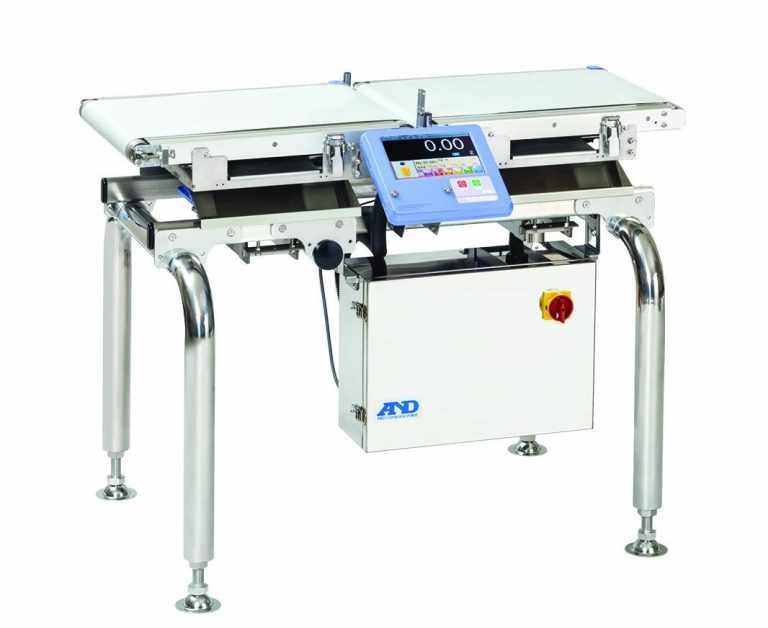In industries where weighing accuracy and compliance are paramount—from pharmaceuticals to food production—understanding the standards that govern weighing equipment is critical. Two such cornerstones are AQS and E Weights. Though they may seem like separate aspects of the weighing process, their interconnection plays a pivotal role in delivering both precision and operational efficiency.
What Is AQS?
AQS, or Average Quantity Systems, refers to devices designed to weigh products as they move through production or packaging lines without manual intervention. These systems include:
In-motion scales
Sorting systems
Multihead weighers
They are widely used in automated environments to ensure products meet specific weight criteria. AQS helps manufacturers detect underfilled or overfilled products in real-time, enabling corrective actions that save resources and maintain customer satisfaction.
These systems are typically integrated into broader quality assurance protocols, playing a crucial role in lean manufacturing and process optimisation.
Understanding E Weights
E Weights refer to the verification scale intervals defined for a particular weighing instrument. These intervals represent the smallest weight increment that the scale can accurately and legally display or use during measurement. The “e” value is critical in determining the legal-for-trade status of a scale.
For example, a scale with an e value of 1 g will register changes in weight in 1-gram increments. E Weights are established based on:
The maximum capacity of the weighing instrument
The accuracy class (I to IIII)
Legal metrology requirements such as OIML R76 or equivalent standards
Essentially, e-values ensure that weighing devices are accurate enough for commercial transactions or regulatory inspections.
How AQS and E Weights Interact
While AQS is the system that performs automated weighing tasks, the e weight defines how precisely it does so. Their interplay is key in:
1. Regulatory Compliance
Automated weighing systems used in trade or production must comply with metrological standards. The e-value determines the legal resolution of the system, which directly affects how the AQS operates and reports results.
If an AQS reports weights below its e-value, it may violate regulatory norms.
Systems must be configured to only use and display weights at or above the approved verification interval.
For example, a checkweigher designed to verify packages of 500g must have an e-value that supports appropriate precision for the product class, ensuring that the declared net weight complies with Weights and Measures Acts.
2. System Calibration and Verification
AQS performance is tied to how well it aligns with the designated e-values:
Calibration of the system must respect the scale’s verification interval.
Regular validation checks ensure that the AQS is operating within its certified accuracy class and not reporting false-positive rejections.
Any mismatch between system resolution and verification intervals could lead to significant errors, either in rejecting compliant products or passing non-compliant ones.
3. Product Tolerance Settings
One of the major functionalities of AQS is to check whether a product falls within acceptable weight tolerances.
These tolerances are often based on multiples of e.
If your product’s tolerance range is ±2g, but your scale has an e-value of 5g, the system won’t detect small deviations, potentially causing non-compliance or product quality issues.
Therefore, selecting a weighing system with the right e-value is critical for meeting your target tolerances.
Practical Example: Food Production Line
Let’s consider a chocolate bar production line using an AQS checkweigher with a 1g e-value.
Each bar should weigh 100g ±3g.
The checkweigher must be able to detect and reject bars weighing less than 97g or more than 103g.
If the scale had an e-value of 5g, the system would round to the nearest 5g, making it impossible to detect 2g deviations.
This illustrates the importance of harmonising the AQS's technical capabilities with the correct e-value, ensuring both compliance and customer satisfaction.
Choosing the Right AQS for Your E Weight Requirements
To make sure your automated system functions effectively with your e-weight criteria:
Determine Your Tolerance Needs
Identify the minimum and maximum acceptable product weight. This will inform the precision needed in your weighing system.Select the Appropriate Accuracy Class
Refer to international standards like OIML R51 or R76, which classify scales into accuracy classes (I, II, III, IV). For most industrial uses, Class III is common.Choose AQS With the Right Load Cell and Software
Ensure the system's load cell supports your desired e-value and that the software doesn’t average or round data beyond acceptable levels.Validate and Calibrate Regularly
Compliance and accuracy don’t end at installation. Frequent calibration with certified test weights, matched to the system’s e-value, keeps performance within legal and operational limits.
Benefits of Aligning AQS and E Weights
When AQS and E Weights are properly aligned, manufacturers enjoy multiple benefits:
Legal Compliance: Avoid fines, recalls, or product holds due to mislabelled weights.
Operational Efficiency: Reduce false rejects and minimize downtime for manual rechecks.
Customer Trust: Deliver consistent products that match label claims.
Waste Reduction: Prevent overfilling (product giveaway) and underfilling (customer dissatisfaction).
Data Accuracy: Generate reliable production data for audits, reports, and optimisations.
Final Thoughts
Precision in modern manufacturing isn’t just a matter of engineering—it’s also about standards and measurement integrity. The interplay between AQS and E Weights defines the backbone of accurate, compliant, and efficient weighing practices in automated systems.
Understanding this relationship allows operators, engineers, and quality managers to fine-tune their systems for optimal performance. By choosing the right e-value, integrating a properly calibrated AQS, and committing to ongoing compliance, businesses can achieve not only regulatory assurance but also a measurable improvement in product consistency and process control.




Write a comment ...